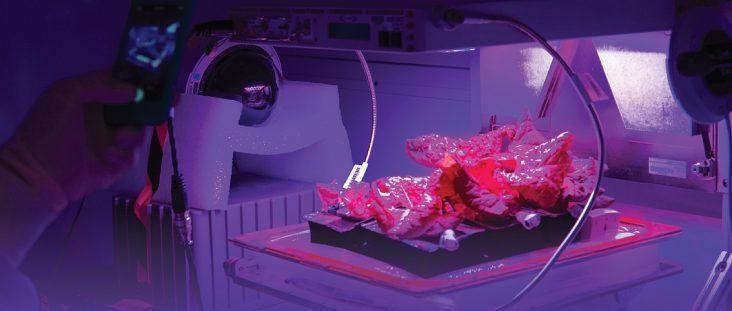Resources abound for scientists and researchers with innovative products or ideas
by June 20, 2017 4:20 pm 489 views

Dr. Guiliana Medrano’s company, GeneCoMe Biotech, had a potentially revolutionary concept. Chickens are fed antibiotics to ward off diseases such as salmonella and Listeria. The company hoped to develop natural enzymes that would have the same affect.
Poultry manufacturers such as Tyson Foods are interested in approaches like this. The company became one of the few Arkansas companies to receive Small Business Innovation Research (SBIR) program funding, said Arkansas Small Business and Technology Development Center innovation consultant Rebecca Norman.
“It was something that was very interesting to the United States Agriculture Department,” she said during an Arkansas Economic Development workshop Tuesday (June 20) on the Arkansas State University campus in Jonesboro.
The focus of the workshop was to teach scientists and researchers how to turn innovative products and ideas into businesses. There are 11 federal agencies, including the USDA, that compose SBIR, and five that make up the Small Business Technology Transfer, or STTR. The two programs spend about $2.5 billion per year on development and research projects.
SBIR and STTR seek to fund projects that bring new innovations to the market, use small business and university partner talent to address agency-identified needs, grow high tech companies, and increase the number of technical jobs, Norman said. Interested parties have to undergo and extensive application process to vet the worthiness of the project, she said.
To reach phase one funding, a project must prove its proof of concept and its feasibility research must be conducted. Interested agencies will award projects anywhere from $150,000 to $250,000 in this phase, Norman said. Projects are given six months to one year to complete this initial phase.
Phase two is prototype development and testing. Awards in this phase range from $400,000 to $1 million or more. Typically projects have two years or more to complete this phase, and once completed, the project may be ready to become a business, she said. Legitimate projects have up to a 20% chance of receiving SBIR funding in phase one, while projects that make it to phase two, have up to a 50% chance of being funded.
SBIR agencies save 3.2% of their research and development budgets each year for the program. Since the program’s inception in 1982, more than $30 billion has been awarded. The Small Business Administration oversees the program. STTR has $1 billion in external funding, and 0.45% of their annual budget is set aside for STTR. It includes the United States departments of defense, energy, health and human services, and NASA. These departments are also included in SBIR.
To qualify small businesses have to be organized as for profit businesses. It has to be 51% U.S. Owned and it must be located in the country. It has to have 500 or fewer employees, among other requirements. Companies that have received SBIR funding in the past include Qualcomm, Symantec, and The iRobot Corporation.
Norman, and others within her organization can help those interested in SBIR or STTR assistance. The application process can be lengthy and tricky, and Arkansas companies or potential companies need to take advantage, she said.
“I work with research companies based across the state. … Researchers need to learn the language of business,” she said.
